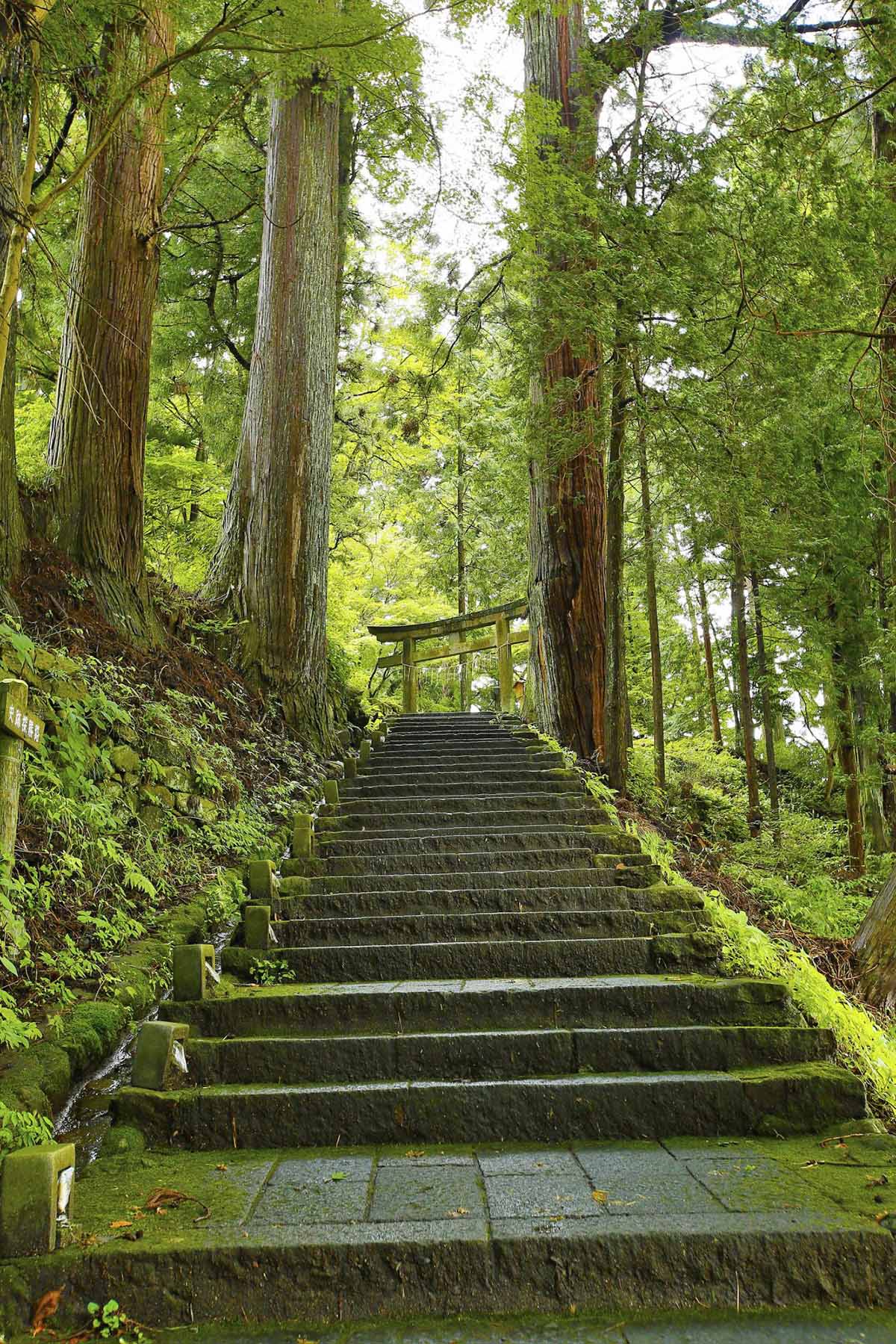Nikko
Where heritage meets nature
Backdrop of Shinto and Buddhist worship since the 8th century. Surrounded by three sacred peaks of Nikko Sanzan and a place for the ancient tradition of mountain worship.
Discover Nikko
For centuries, mystical Nikko has beckoned pilgrims from near and far. The UNESCO World Heritage site, Tosho-gu Shrine, enchants with its vibrant colors and intricate carvings, boasting a collection of 103 structures spread across three complexes. Immerse yourself in its rich history and symbolism.
In 1617, the magnificent Tōshōgu Shrine was constructed in Nikkō as a tribute to Tokugawa Ieyasu, the revered first shōgun of the Tokugawa shogunate, who was later deified. Within the shrine complex, you’ll encounter the Sacred Stable, adorned with a remarkable eight-panel sculpture attributed to the legendary artist Hidari Jingorō, whose existence remains a topic of debate.
These intricate panels depict the eight stages of life through the playful antics of monkeys. Of particular note is the renowned panel featuring the “Three Wise Monkeys,” representing the principles of not seeing (Mizaru), not hearing (Kikazaru), and not speaking (Iwazaru). Introduced to the western world during the Meiji era (1868-1912), this relief gave rise to the famous proverb, “See no evil, hear no evil, speak no evil.”
Venture into the surrounding forest and unveil other stunning sacred sites. Marvel at the five-storied pagoda, admire the colorful storehouses and be captivated by the flamboyant Yomeimon Gate. Cross the historic Shinkyo Bridge and enter the Futarasan-jinja Shrine, dedicated to the worship of Nikko’s revered three sacred mountains. Legend has it that the first priest’s safe crossing was granted by the river god, who manifested as giant snakes forming a miraculous bridge.
At Rinnoji Temple, three regal Buddha statues symbolize the intertwining of different faiths, while the beautifully adorned Taiyuinbyo Temple showcases a harmonious blend of Shinto and Buddhist elements. It serves as the mausoleum of Shogun Tokugawa Iemitsu, who, in 1636, transformed the original Toshogu Shrine into a marvel.
Venture further into the mountains and discover the serene Chuzenji Lake and the breathtaking cascades of Kegon Waterfalls. With its hilly and forested terrain, Chuzenji Lake, Japan’s highest natural elevation lake, offers a vibrant display of orange hues during autumn. Delve into the area’s natural history at the Nikko Natural Science Museum, and experience relaxation at the Chuzenjiko Onsen hot springs, nestled along the northeastern shore.
The Tamozawa Imperial Villa, a former residence of the Imperial Family, showcases a remarkable blend of Japanese and Western architectural styles. This expansive wooden building, dating back to 1632, served as a refreshing retreat for both the Tokugawa and Imperial families, providing respite from Tokyo’s warmer summers. Explore its 106 rooms adorned with elaborate chandeliers, sliding paper doors, tatami flooring, and even carpeted floors—a testament to its unique fusion.
During spring, don’t miss the enchanting spectacle of blooming cherry trees along the old Nikko Kaido Route, transforming the 16-kilometer corridor into a picturesque pathway.
And while in town, indulge in the culinary delight of Yuba, a local specialty deeply rooted in Buddhist cuisine. Experience the delicate flavors of Yuba in various dishes, including ramen, sushi, rice cookies, and Nikko’s renowned Yuba Manju sweets—a true feast for the senses.







